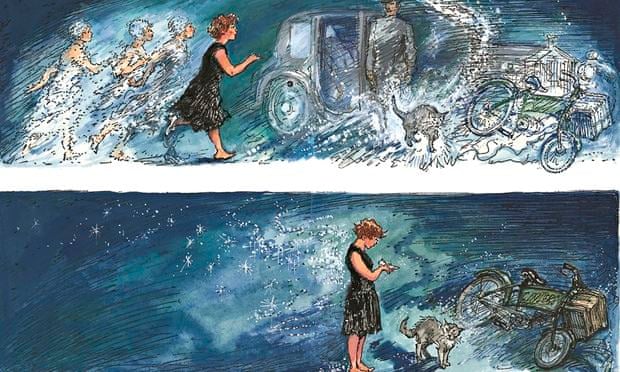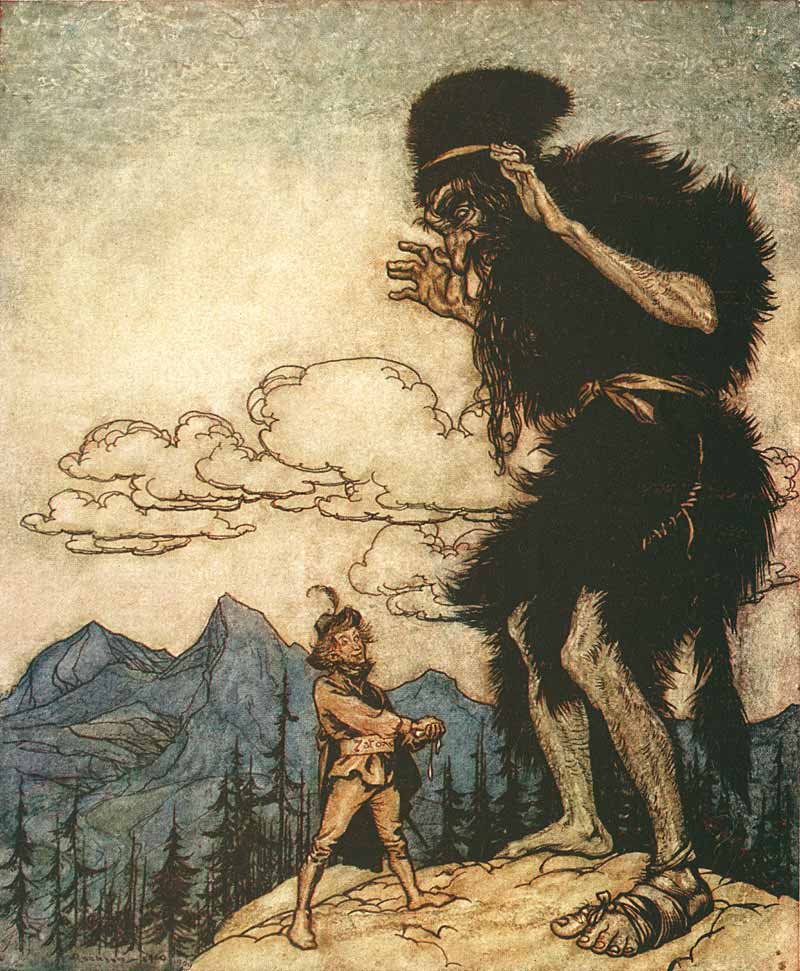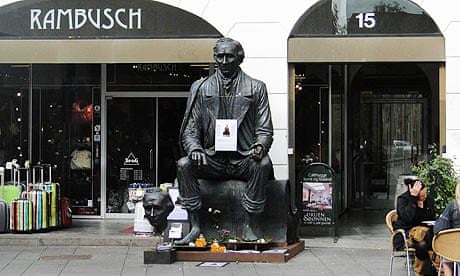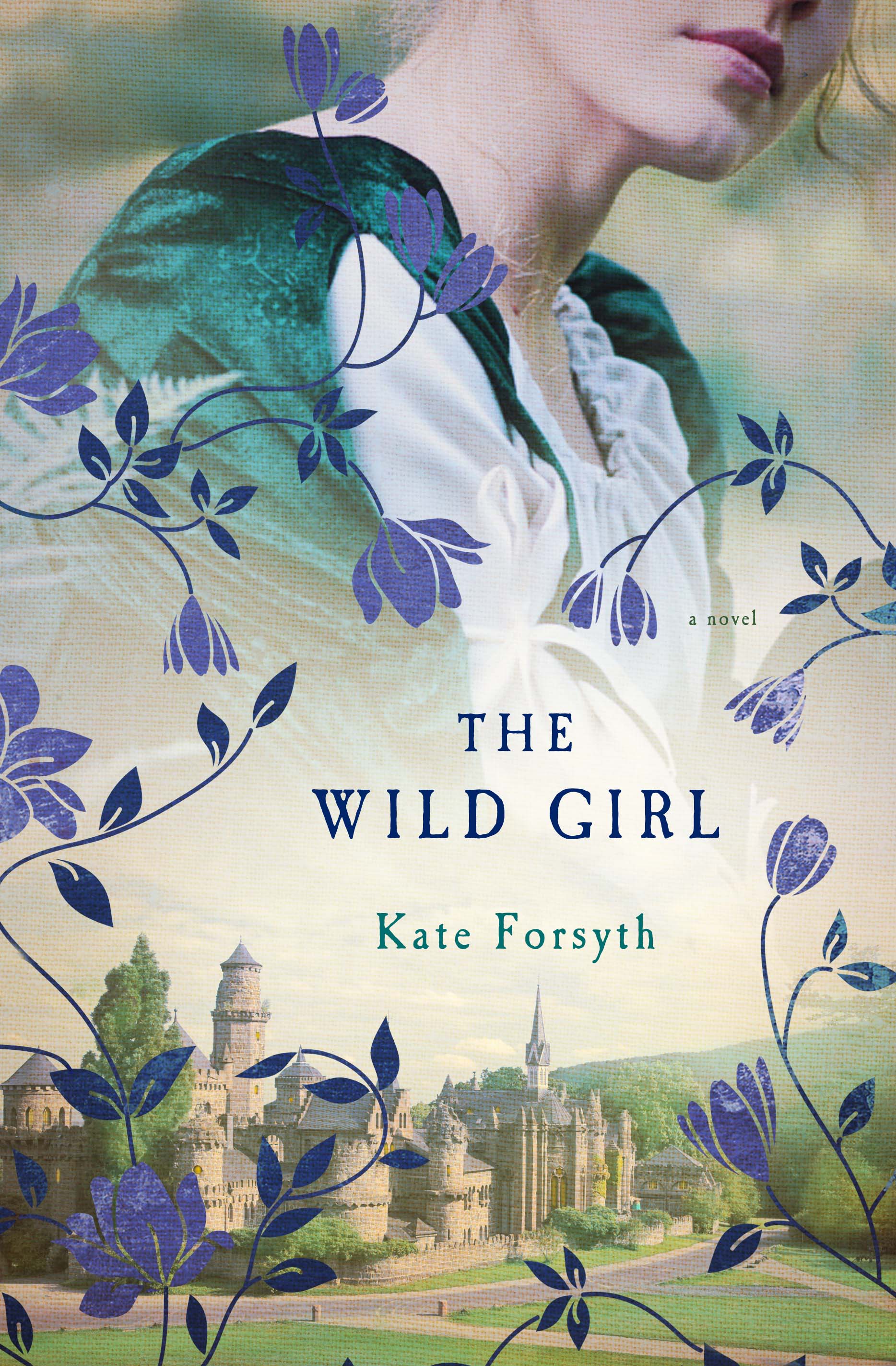
Ella didn't have the kind of childhood you dream of for a little girl. Her family suffered from substance abuse. When Ella was still in grade school, she used to think that if she was really,
really
good, then she could help repair her family's dysfunction. She eventually learned that striving for good behaviors didn't seem to have any affect, and she gave up and embraced the same tools her family used to deal with things-alcohol, drugs, and cigarettes.
Ella's life became a roller coaster of visiting rehabs and relapsing. She eventually ended up in a foster home. The family she lived with was so different from her own, she didn't feel like she fit in. Her foster siblings were too "perfect," they couldn't possibly understand what she had gone through, the decisions she had made, or what her world was like.
Once again, Ella found herself in need of rehab. She chose a program in a more violent neighborhood in Chicago, because it would be shorter than the alternative. She found herself a racial minority, not really benefiting from the services the rehab provided, and not fitting in with the other girls.
On certain Saturdays, the girls were allowed to go out with friends or family members. Her foster parents would drive out whenever they could, taking her home for a day, or for adventures in the city, seeing major league baseball games or visiting Chinatown.
Black and white illustrations-George Cruikshank
One Saturday promised to be only a brief visit-the family had RSVPed to a wedding in the late afternoon. Ella had never been to a wedding before; she wished she could go with her foster parents, but she wasn't on the guest list, and anyway was only dressed in jeans, not appropriate wedding attire. But, her foster parents called the family who was hosting the wedding to see if Ella could come with them to the ceremony; the hosting family would be thrilled to have Ella there.
The foster family was on a mission. They didn't have much time; Ella and her foster mother ran into a clothing store while her foster sister went into the beauty store next door to pick up makeup. Ella found a dress right away, tried it on, and wore it out of the store. There was a palpable excitement in the family van at this sudden change of circumstances; Ella put on her new makeup as they drove to the ceremony.
by Krystal Scheetz
The wedding was beautiful, but it was over all too soon. The wedding party went to take pictures, and the rest of the guests were making their way over to the reception venue, but Ella had a 6:00 curfew at the rehab facility, so they left for the city of Chicago again.
The foster family would still be able to return the party, feast, and dance, but Ella was going back to her life of drudgery. She grew sullen and wouldn't speak during the car ride. She changed out of her new dress in the back seat of the van, rolled it up, and hid it as she left the van, back to the walls of her prison.
John Batten
Several years passed. The road was a long and difficult one for both Ella and her foster parents. She made some poor decisions along the way, but also faced hardships many people can only imagine-homelessness, abuse, and the constant temptation of family members who dragged her back down into addiction.
But through it all, her foster parents did what they could to help her. They stayed in contact after she turned 18 and was out of foster care. They helped her find jobs and housing, study for her GED, and gave her innumerable second chances.
Kinuko Y. Craft
This weekend, Ella wore a different kind of dress-a beautiful, lacey, white wedding dress. She is drug free and the mother of two beautiful children. She is now the strong one who sets an example for her family members, and gently guides a drunk friend back home. She and her husband could not have afforded the cost of a wedding, but once again, her faithful fairy godparents were there to help with details of venue and flowers and food and ceremony. She beamed as she echoed her marriage vows and placed a ring on her husband's finger.
I share this story, although it's unusual for me, because I hope it's an encouragement. There are so many people who, like Ella (whose name has been changed for privacy), seem to have been dealt life's worst cards. Life can seem incredibly dark and hopeless. If you or a loved one struggled with substance abuse and/or other struggles, it can seem like there's no way out and no point in trying, but
it is possible to turn a life around.

Fairy tales don't have happy endings because we're trying to propagate the false idea that life is easy or perfect; (most)
fairy tales have happy endings simply because we know all too well that life is not easy or perfect. It will usually take a little more than a dress and a night of partying to change a pattern of behavior, it may take years and much discouragement-but a fairy tale is a way of looking into the future and seeing what
could happen.
I also wanted to
recognize the sacrifices that countless foster parents and adoptive parents are making all across the world. They open up their homes and hearts with no guarantee their efforts will be appreciated or successful. I have a huge amount of wonder and respect for the love and forgiveness my parents have shown Ella and their other foster children through the years; I honestly don't know if I could ever do what they have done.
I hope it's also encouraging to realize that we can be that fairy godmother to someone else. It doesn't have to be something as extreme as long term foster care-sometimes a smile and listening ear can do wonders in the life of someone who is lonely and hurting. Whether we realize it or not,
our words and actions (or lack thereof) can change someone's life-that's a huge responsibility, and a privilege we should not forget or take lightly.
This weekend I saw my father walk Ella down the aisle and dance the father/daughter dance with her. At the time she lived with us I would never have predicted that she would honor us as her family in this way. I'm thrilled for Ella and wish her an epic Happily Ever After-not that it will be perfect or easy, but I do think it will be full of love and happiness all the same.
Congratulations, Ella-
















